Cars vs Bikes in India: Who’s Winning the EV Race in 2025-26?
- Cars
- 06 Nov, 2025
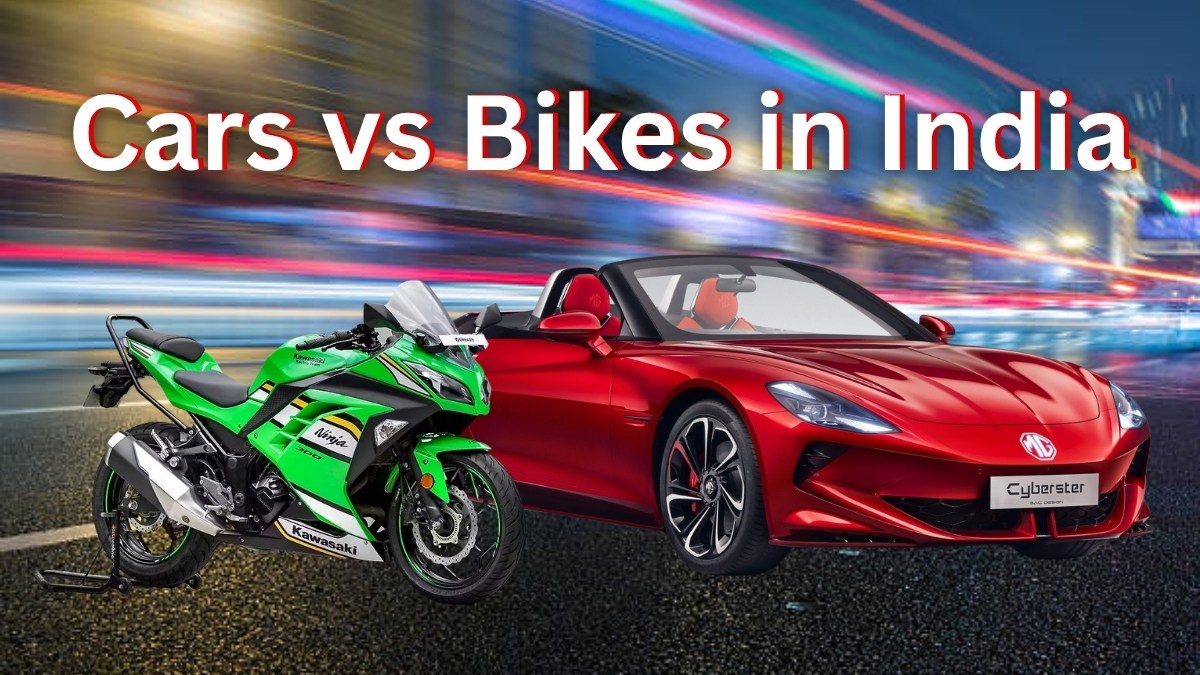
India’s electric vehicle (EV) revolution is in full swing. With rising fuel prices, environmental concerns, and government incentives, more Indians are shifting toward electric mobility. But an interesting question arises — who’s really leading the EV race in India: electric cars or electric bikes?
As we head into 2025-26, the answer lies not only in sales numbers but also in affordability, infrastructure, and lifestyle adoption. Let’s take a deep dive into the current scenario and find out which side is winning the EV battle in India.
1. The Rise of Electric Two-Wheelers
Electric two-wheelers have taken India by storm. Brands like Ola Electric, Ather Energy, TVS, Bajaj, Hero Electric, and Simple Energy have revolutionized the scooter and bike market.
The biggest reasons for their success are affordability and practicality. Electric scooters are perfect for short city commutes, easy to charge, and require minimal maintenance. Most cost between ₹1 lakh to ₹1.5 lakh — much cheaper than even the most affordable electric cars.
In 2025, experts predict that over 70% of all EVs sold in India will be two-wheelers, making them the clear leader in terms of adoption and accessibility.
2. The Growth of Electric Cars
Electric cars, on the other hand, are slowly catching up. Brands like Tata Motors, MG, Hyundai, Mahindra, and now BYD are driving the change. Cars like the Tata Nexon EV, MG ZS EV, and BYD Atto 3 have shown that India is ready for premium EV experiences.
However, high upfront costs and limited charging infrastructure are still barriers. Most electric cars in India start around ₹10–15 lakh, putting them out of reach for many middle-class buyers.
That said, with more affordable EVs expected by 2026 and improved battery technology, the gap between cars and bikes may begin to narrow.
3. Infrastructure and Charging Ecosystem
Charging infrastructure plays a vital role in determining the pace of EV adoption. Two-wheelers have a clear advantage here. Most e-bikes and scooters can be charged at home using a standard socket — no need for public stations.
Electric cars, however, require fast chargers or dedicated home setups, which can be expensive or unavailable in many residential areas.
Still, things are improving rapidly. Companies like Tata Power, Statiq, and ChargeZone are expanding public charging networks across cities and highways. By 2026, India aims to have over 100,000 EV charging stations, which could boost confidence in electric car ownership.
4. Environmental and Economic Impact
Both electric cars and bikes contribute significantly to reducing emissions and pollution. However, when it comes to energy efficiency, electric bikes lead again. They consume less electricity per kilometer and can be powered even from small solar setups.
From an economic standpoint, electric two-wheelers are cheaper to buy, operate, and maintain. Electric cars offer comfort and luxury, but for pure cost-effectiveness and eco-friendliness, e-bikes and scooters dominate.
5. Consumer Trends in 2025-26
The mindset of Indian consumers is evolving. While the youth and working professionals prefer e-scooters for daily commuting, families and long-distance travelers are eyeing electric cars for comfort and safety.
By 2025-26, we can expect a dual-market trend — electric bikes dominating urban and semi-urban areas, while electric cars see stronger growth in Tier 1 cities.
In short, bikes are winning the numbers race, but cars are winning in brand value and lifestyle appeal.
Why Choose Electric Vehicles (EVs)?
If you’re still on the fence about switching to electric, here’s why EVs are the smarter choice:
- Low Running Costs: Electricity is far cheaper than petrol or diesel.
- Eco-Friendly: Zero tailpipe emissions mean cleaner air and a smaller carbon footprint.
- Easy Maintenance: EVs have fewer moving parts, so maintenance costs are minimal.
- Government Incentives: FAME-II subsidies, road tax exemptions, and state-level incentives make EVs more affordable.
- Future-Ready: With fuel prices rising, EVs are a smart long-term investment for sustainable mobility.
Whether you pick a bike or a car, choosing electric is choosing the future.
Conclusion
So, who’s winning the EV race in India — cars or bikes?
For now, electric bikes and scooters are miles ahead in adoption and practicality. Their affordability, ease of charging, and suitability for Indian roads make them the preferred choice for most consumers.
However, electric cars are rapidly evolving, with better range, comfort, and design. As prices drop and infrastructure expands, we’ll see a closer competition by 2026.
In essence, India’s EV revolution isn’t about bikes versus cars — it’s about how both are reshaping mobility for a cleaner, smarter future.
FAQs
1. Which is more popular in India — electric cars or bikes?
Electric bikes and scooters currently dominate the Indian EV market, accounting for nearly 70–75% of sales.
2. Are electric cars suitable for long drives?
Yes, modern electric cars offer ranges of 250–500 km per charge, making them ideal for both city and highway travel.
3. Do electric scooters require a license in India?
Models with top speeds below 25 km/h don’t require a license, but premium ones do. Always check your state’s regulations.
4. Which brands are leading India’s EV market?
Top players include Ola Electric, Ather Energy, Tata Motors, TVS, MG, and Mahindra.
5. Will EVs become cheaper in 2026?
Yes. With falling battery costs and government policies, both electric cars and bikes are expected to become more affordable by 2026.
Latest Car News

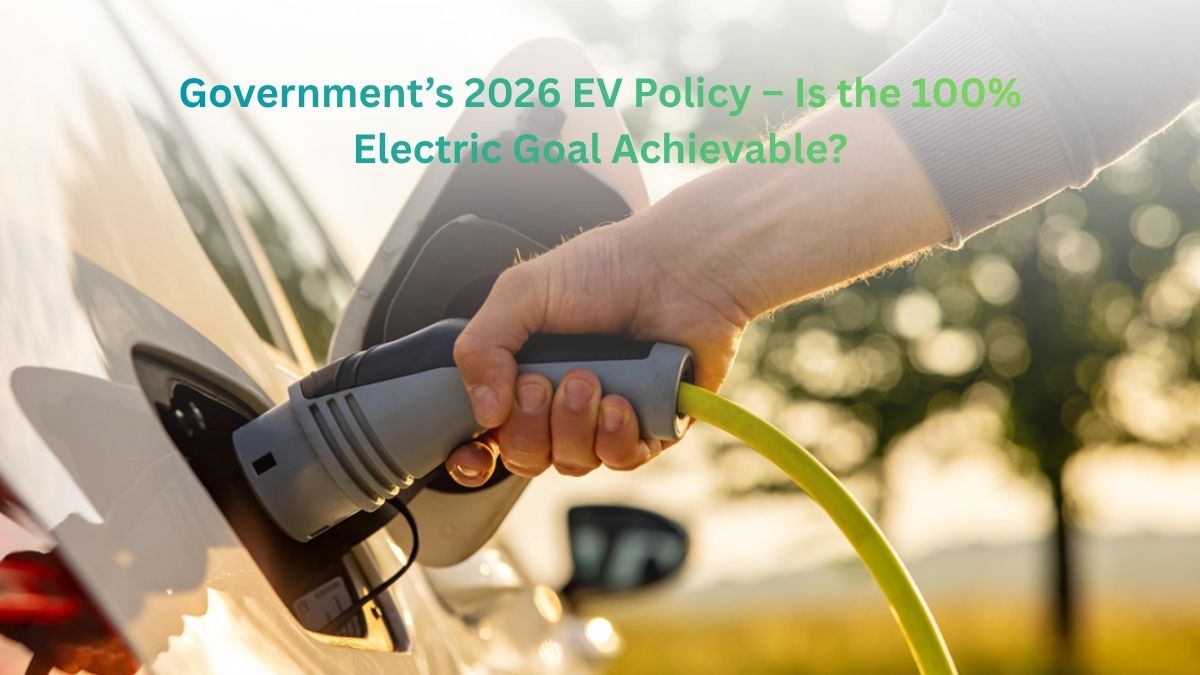
Government’s 2026 EV Policy – Is the 100% Electric Goal Achievable?
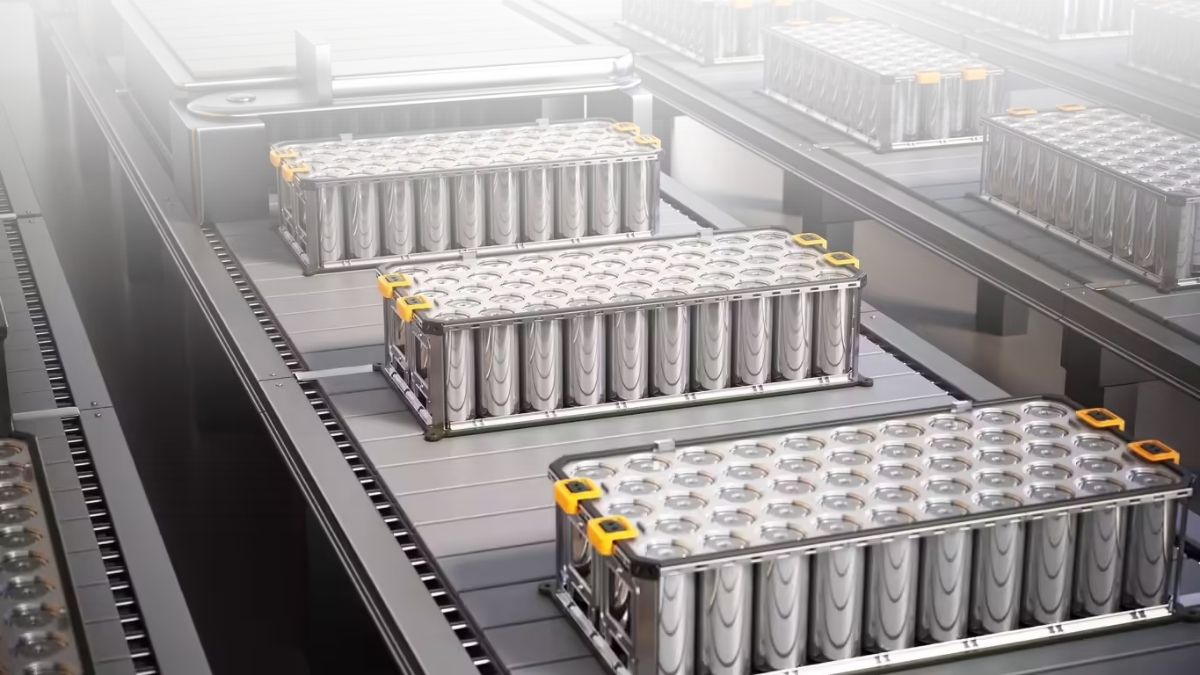
Battery Manufacturing and ‘Made in India’ EV Components: 2026 Update
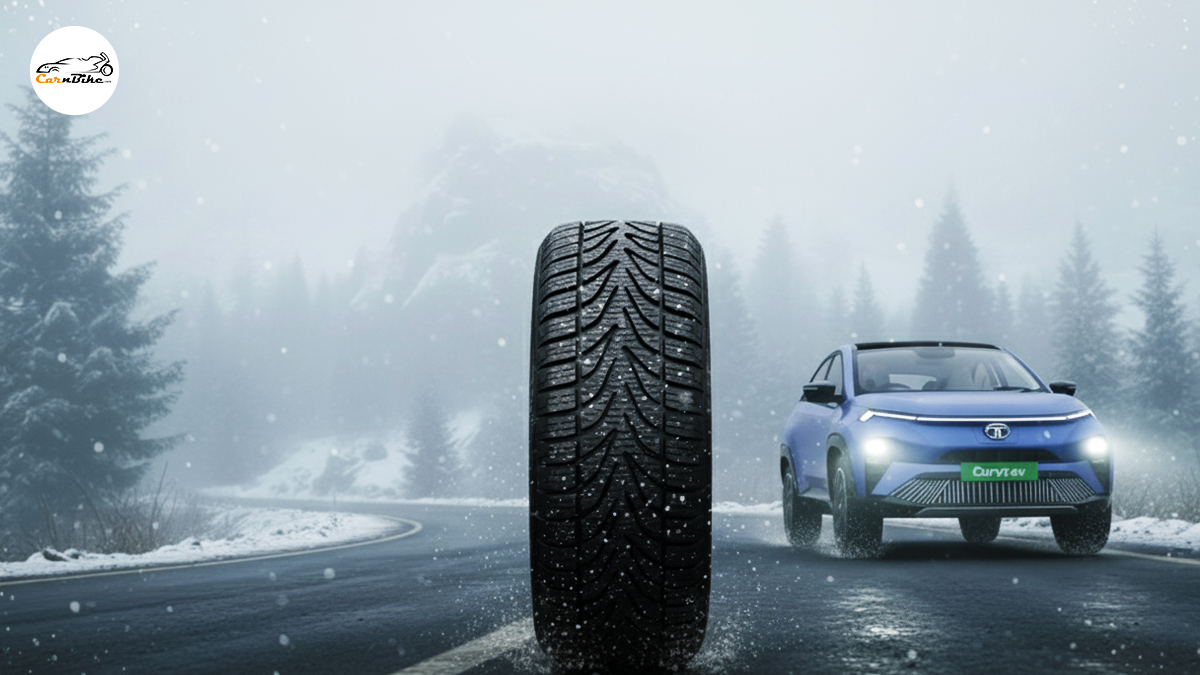
Best Winter Tyres for Indian Roads
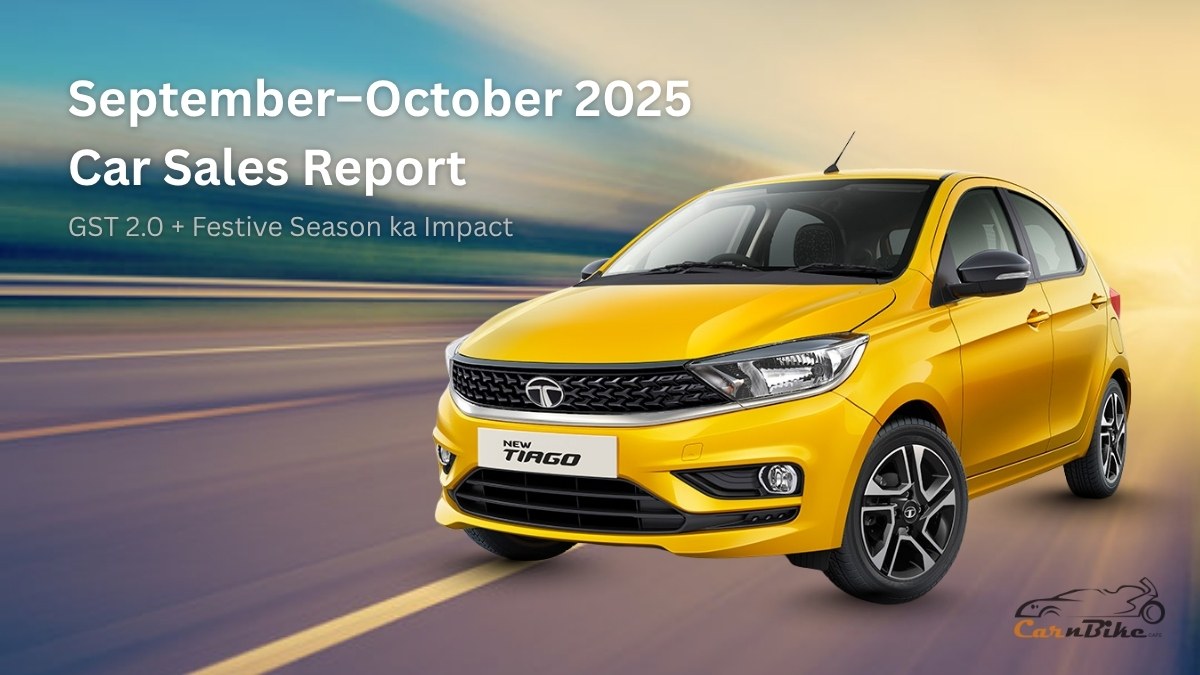
September–October 2025 Car Sales Report: GST 2.0 + Festive Season ka Impact

Top 10 Best-Selling Cars of October 2025 — Detailed List and Insights

Tata Motors Secures Second Spot in October 2025 Car Sales — Detailed Report
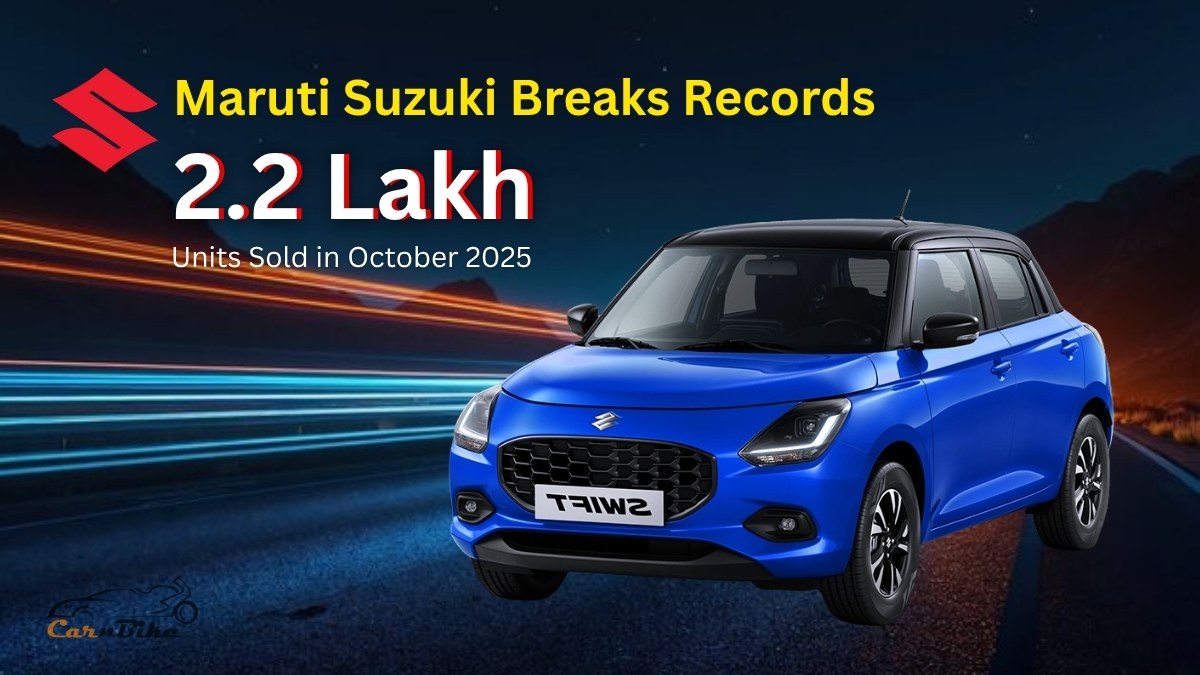
Maruti Suzuki Breaks Records: 2.2 Lakh Units Sold in October 2025
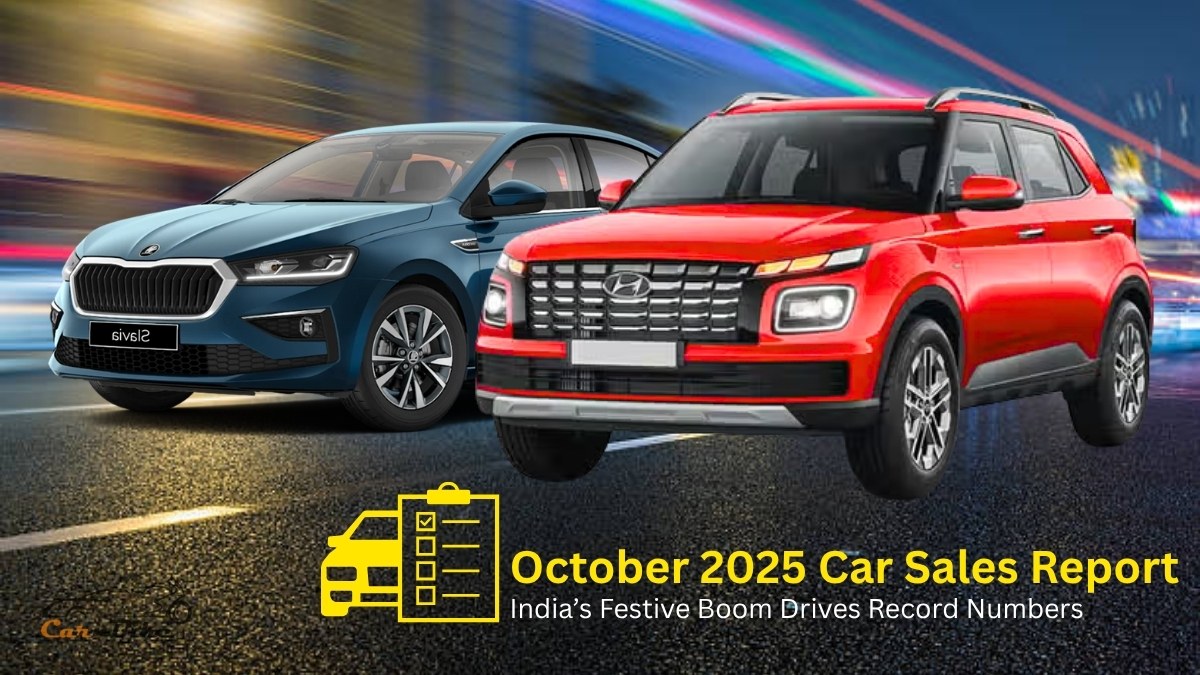
October 2025 Car Sales Report: India’s Festive Boom Drives Record Numbers

Car Technology Trends to Watch in 2026
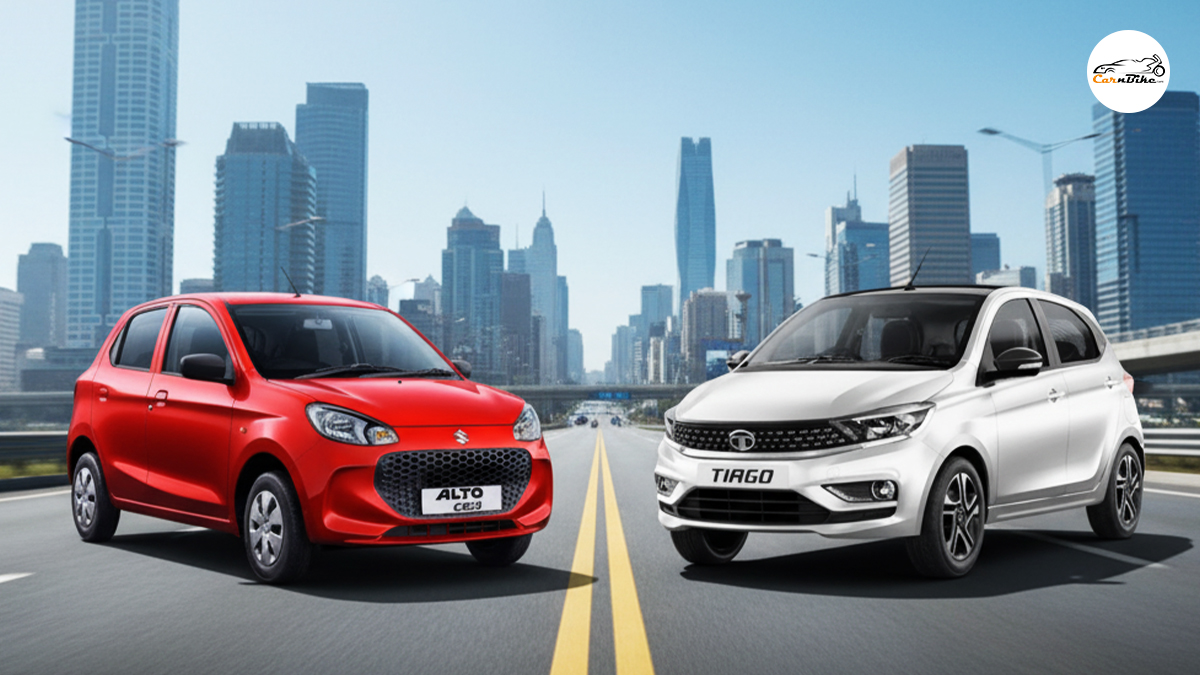
Budget Hatchbacks With Best Mileage in 2026














